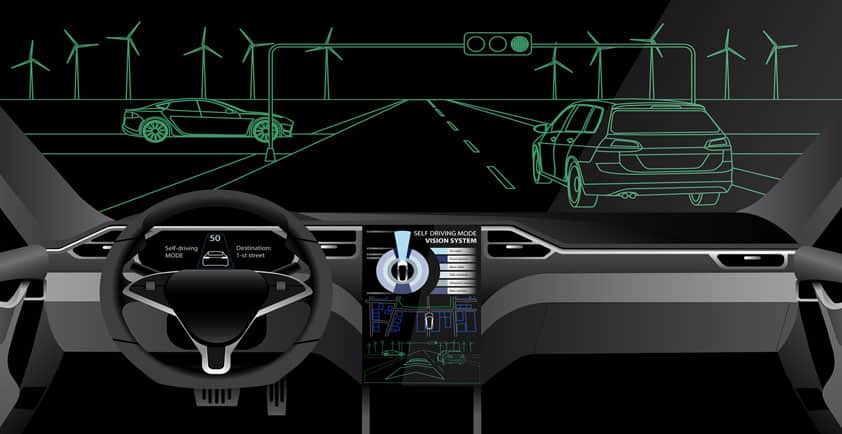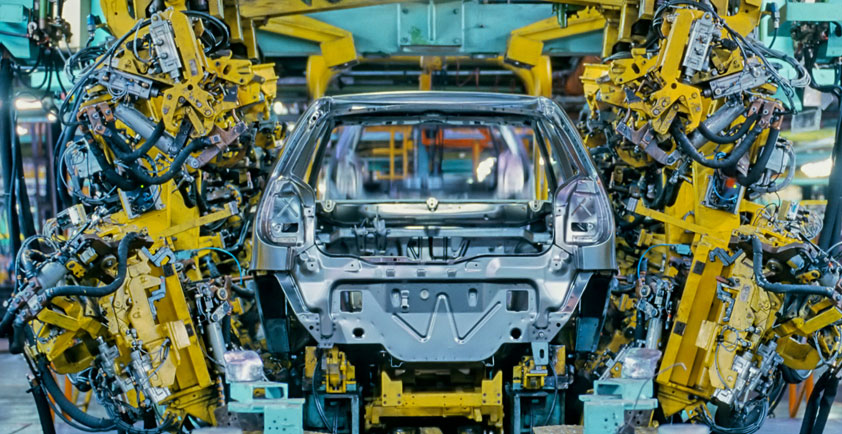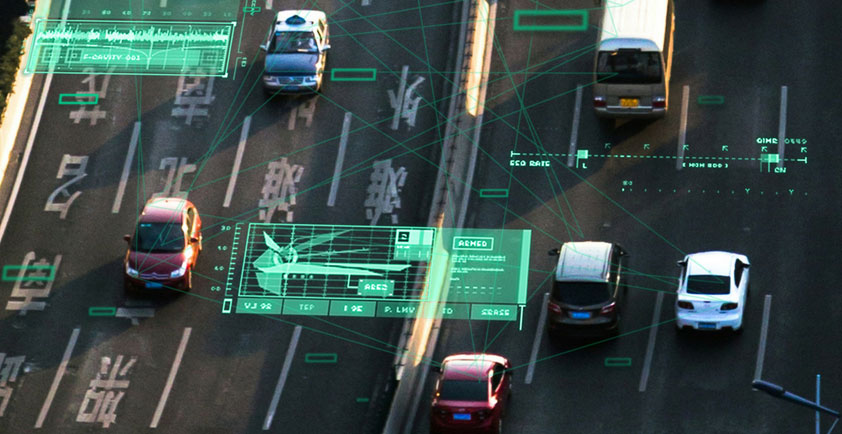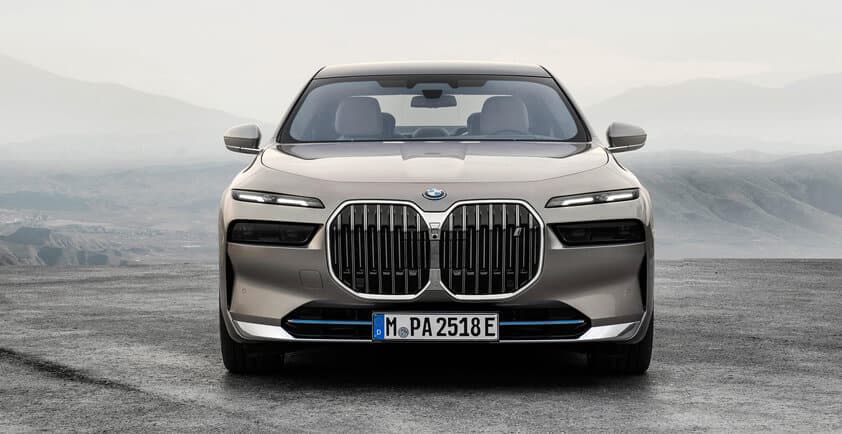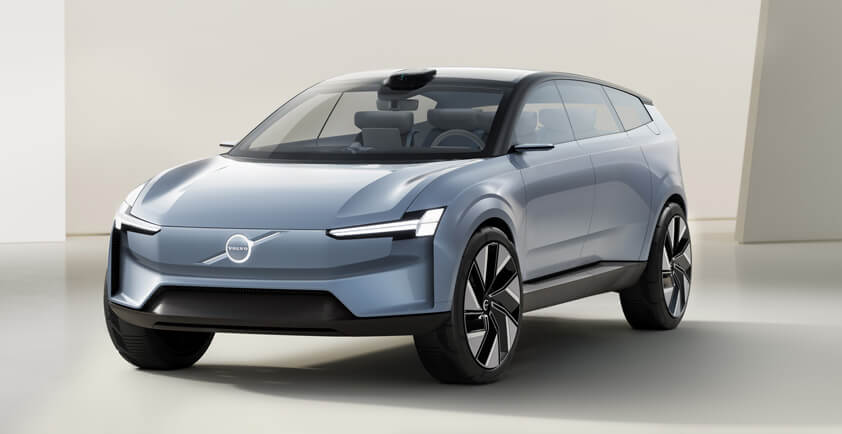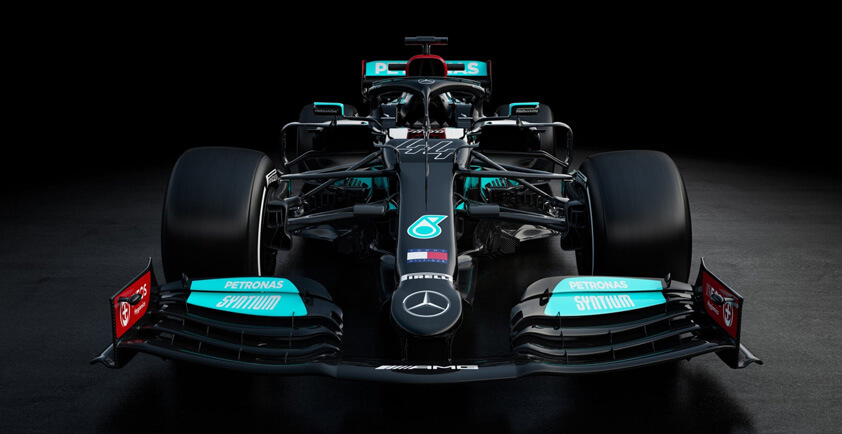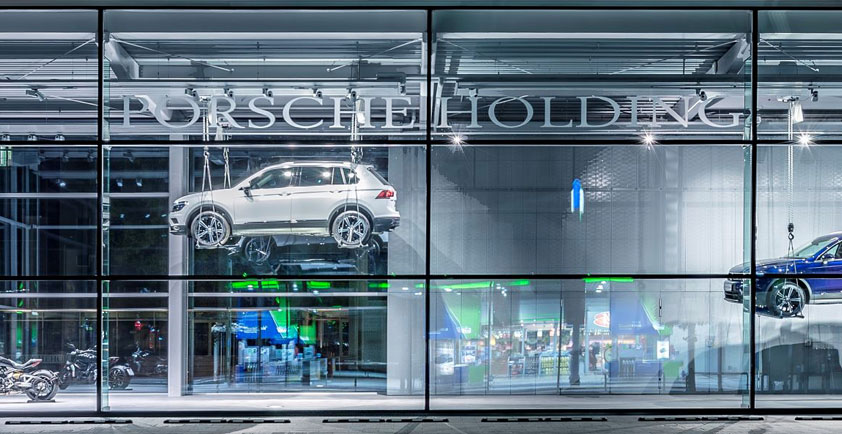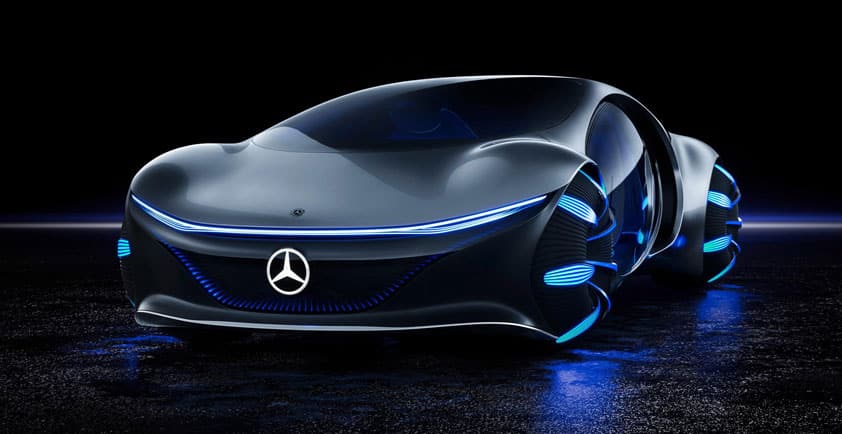

HOW TWO FRAMEWORKS CAN HELP MANUFACTURERS ACHIEVE SUSTAINABILITY AND BUSINESS GOALS
There’s a tectonic shift taking place in the industrial world, as concerns about humankind’s impact on the environment drive companies to rethink fundamental aspects of how they do business. It’s no longer enough to pay mere lip service to sustainability. Forward-thinking leaders demand new strategic approaches that not only address environmental demands, but also position their organizations for future growth.
In this post, we’re going to explore two frameworks, closed-loop manufacturing and circular economy, and demonstrate how they can drive shared objectives around smarter operations and minimizing environmental impacts. We will also show how HPE, its customers, and key partners are creating real business value while furthering their commitments to operating in more sustainable and responsible ways.
Closed-loop manufacturing can help companies better use the vast amounts of data available to them, but which are typically locked away in silos. The general idea: take underutilized data generated from different stages in the manufacturing process (R&D, production, aftermarket services, etc.), and make it available to participants across the organization. Goals include better efficiency and product quality and smarter decision-making.

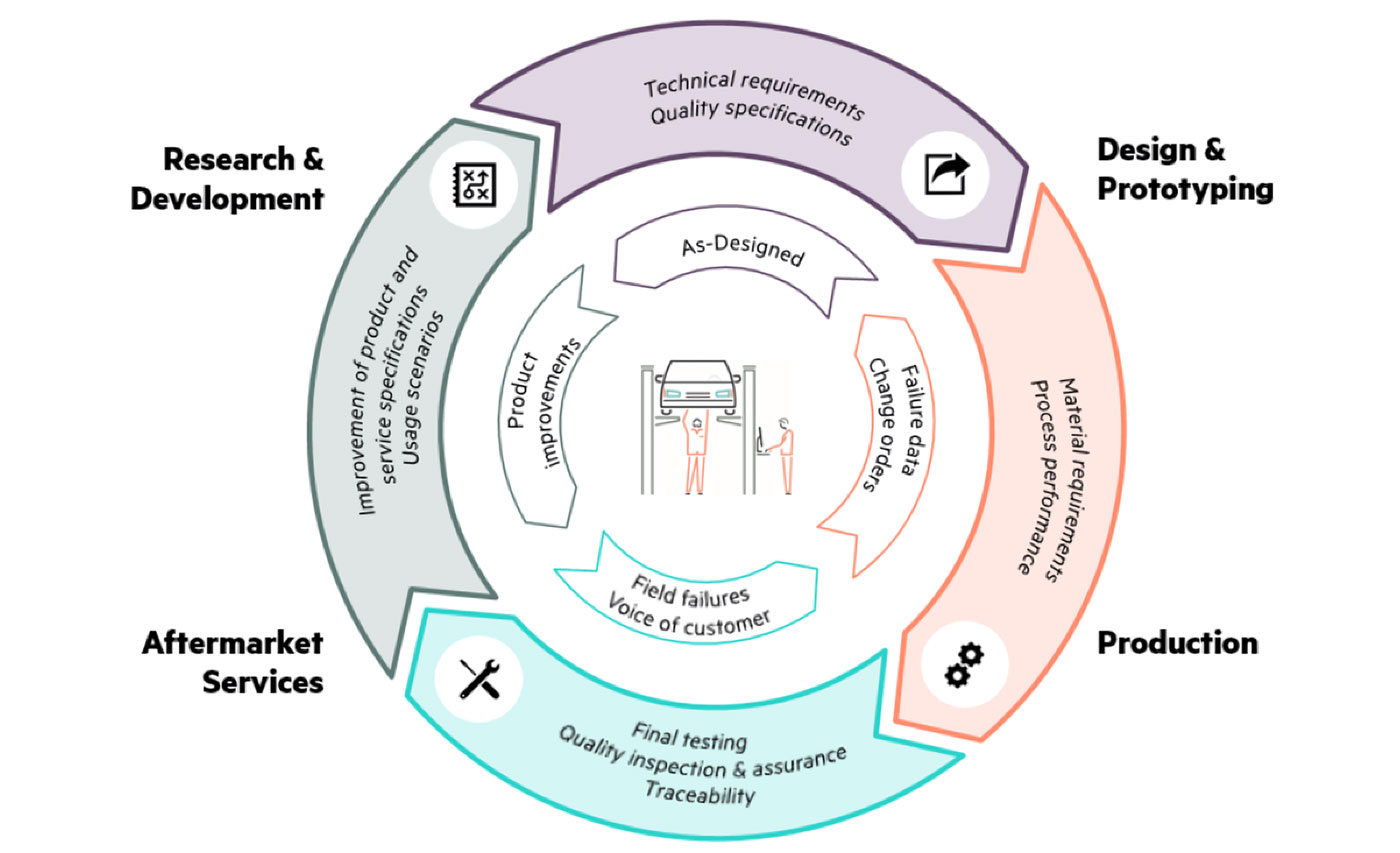
While closed-loop manufacturing is focused on data flows, the is focused on resource flows, seeking to maintain materials and components at their highest value at all times, for as long as possible, while removing physical waste and energy waste from the system. Shockingly, only 9% of core resources from manufactured goods find their way back into the economy. This not only points to the scale of our waste problem, but also a potential opportunity, estimated to be worth trillions.
In effect, what we’re seeing is a convergence of traditional manufacturing language around quality and data-driven feedback loops (closed-loop manufacturing) with the re-use of materials and reduced energy consumption (circular economy). Although we might be talking about different things, they are inexorably linked, and have profound implications across the full spectrum of product quality, resource efficiency, and sustainability.
Moving beyond "end of life" in the auto industry
To illustrate the challenge, let’s turn to an example: the modern motorcar. It’s far more environmentally friendly than its 20th-century predecessors in terms of fuel consumption and emissions. But that’s not the whole picture.
Manufacturers acknowledge that they only see a car in its "first life," when it has up to 100,000 miles on the odometer. A vehicle exiting this first life then enters an end-of-life state. It is no longer under warranty, or connected to the systems that ensure conformity with environmental laws.
But it’s not dead. The car will likely begin a second stage of life, to be resold to owners in Mexico, Eastern Europe, or Southeast Asia. Another half-million miles may elapse before it enters a third life in Africa or Central America, which may last up to 2 million miles.
The fact that cars last so long in their second and third (and even fourth) lives is testament to the companies’ engineering and manufacturing expertise. However, the earth’s ecosystem pays a massive price.
These old vehicles are no longer connected to the businesses that produced them, or the regimens that governed upgrades, maintenance, and sustainability. The manufacturer doesn’t receive data that may reveal safety or environmental flaws, and has no way of applying even basic green fixes. The car will spew pollutants into the air, and when it finally expires, plastic, metal, and hazardous will end up in a landfill or unregulated dump. Forget "green" – this scenario is straight out of the industrial dark ages.
It’s not just autos, either. In manufacturing, massive industrial welders and tressing machines have their own first lives while still under maintenance contracts. But after they enter their second, third, and fourth lives, vendors have little idea where they end up, and have no way to recalibrate or recycle them. They may be horribly inefficient and prone to quality issues, while using twice as much power as their modern equivalents.
The convergence of closed-loop manufacturing and circular economy
How can we, as business and technology leaders, do things differently so the assets we oversee and the products we produce are designed to be more efficient and upcycled to better uses, maybe in radically different ways? HPE, our partners, and many customers believe the answer lies in the convergence of closed-loop manufacturing and the circular economy.
Consider HPE’s Edgeline Converged Edge systems. The rationale behind this product line is simple. Some 40% of all data is created at the edge (a number that’s expected to grow to 75% by 2025). The edge might be a factory floor, an oil rig, a plot of farmland, or a vehicle pool. From an energy, security infrastructure standpoint, it’s wasteful to transfer all of that data to the data center for processing.
HPE’s approach is to move compute to the location where the data is generated, or "the edge". The Edgeline collects the data from sensors and applications at these edge locations, processes some of it locally, discards what’s not needed, and only sends back to the data center a much-reduced payload. It saves energy, speeds insights, boosts efficiency, and can support enterprise-wide closed-loop manufacturing.
HPE GreenLake, an on-premises managed infrastructure service, is another example. Instead of a customer purchasing hardware and replacing it after a certain period, HPE delivers IT resources to the customer's location and manages the assets, with the customer only paying for what it uses. This leads to significant resource and energy efficiencies by avoiding overprovisioning for infrastructure while eliminating expenses for technology refreshes. When next-generation IT equipment becomes available, HPE upgrades the customer site. But we’ll also recover older assets, refurbish them, and return them to a secondary marketplace that we can track.
This IT consumption model brings a number of benefits. From an accounting point of view, it moves expenditures from a CapEx model to an OpEx model, and frees up capital tied up in legacy assets.
From an environmental perspective, this ownership models achieves reduction in energy use and hardware materials. HPE maintains chain of custody and can recover 100% of those assets. That helps customers meet circular economy targets, while getting the latest technologies to support core business activities and innovation.
The story doesn’t end there. HPE’s customers and partners are innovating at the confluence of closed-loop manufacturing and the circular economy, and have proven to be adept at leveraging new sources of data to drive new businesses. Examples include:
1. As part of its refinery of the future project, petrochemicals manufacturer Texmark is looking at offering "data-as-a-service" to customers.
2. A new partnership between HPE and technology company Continental will use Blockchain to help auto manufacturers monetize their data and differentiate their brands.
3. Kaeser Kompressoren, a nearly 100-year-old manufacturer of air compressors and other industrial equipment, is now offering compressed air-as-a-service to some of its larger customers.
Authors: Christopher Wellise (HPE Chief Sustainability Officer) and Matthias Roese (HPE Global Chief Technologist - Manufacturing, Automotive & IoT)
